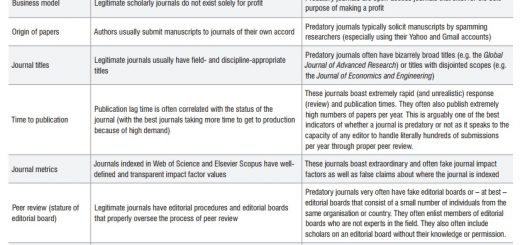Tips for Writing Your Introduction
Tips for Writing Your Introduction
- State the problem or phenomenon to be investigated.
- Identify the party affected by the problem.
- Explain how you plan to solve the problem.
- Convince the reader that you are qualified and equipped with the right methods of solving that problem.
- Highlight the benefits of solving the problem.
- Tell the reader what results you anticipate.
- As evident from the above, in your introduction, you should communicate the rationale of your research. Explain the importance of your research. Even though your research introduction chapter has no word limit, being concise helps your readersto comprehend quickly the major issues in your research. When you eventually start writing the introduction, start with some relevant general statements before gradually narrowing it down to focus on the crucial issues such as your research problem, questions, objectives and hypothesis. Here, you explain briefly your research problem and how you plan to solve it. Your introduction must be motivating and captivating enough so that the reader will want to read on to find out more.
It is assumed that your introduction is prepared for readers who have adequate knowledge of your discipline. Your introduction includes many crucial aspects of your thesis. Readers may want to know whether it is your own discovery or you are continuing a previous study. If it is your own scientific discovery, then you must make it clear how the findings will add to the existing knowledge. Your reader would also want to know more about the concepts used in your research, the objectives of the research, and the methodology employed. You could also discuss the obstacles encountered, if any, and the limitation of your research.
Types of Introduction
- Illusion Introduction: Start your introduction with an illusion style statement so that your reader cannot resist reading on.
- Analogue Introduction: Start your introduction with a comparison so that your reader is eager to know the differences.
- Narrative Introduction: Start your introduction with an eye-catching story to capture your reader’s attention.
- Descriptive introduction: Start your introduction with a descriptive statement about your title. Once you start describing something, readersbecome eager to continue reading.
- Definition Introduction: You may begin your introduction by defining a part of your topic, thus creating a knowledge transferring environment for your reader.
- Example Introduction: Begin your introduction with an interesting example so that your reader takes it as personal motivation for writing his/her own thesis introduction.
- Question Introduction: Start your introduction by posing a question; it will keep your reader thinking and yearning to know the answer.
- Statistic Introduction: You can start your introduction with statistics concerning the parties affected by the problemthat you will investigate.
- Quotation Introduction: Start your introduction with a quotation that is relevant to PhD thesis writing so that your reader takes it as a personal motivation.
Dear Ph.D. Juniors, Let’s share…..
If You follow these steps to begin your thesis INTRODUCTION Chapter, I have No doubts in my mind that your thesis will pass with A grade. And You will keep smiling…….Next, you know laaa….
©Dr. Qais Faryadi (Everything you Need to Know about PhD Thesis Writing: From Proposal to VIVA 2017)
Tips menulis bab pendahuluan atau latar belakang


